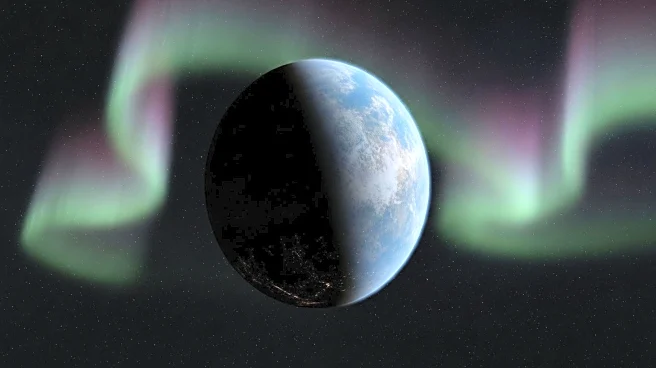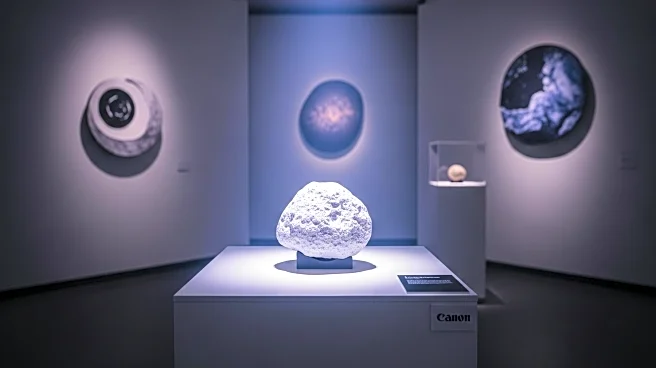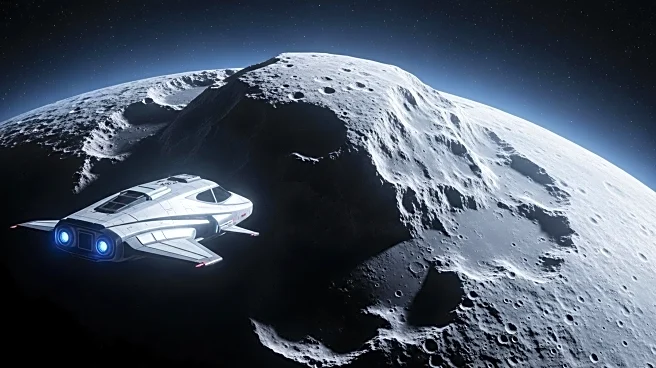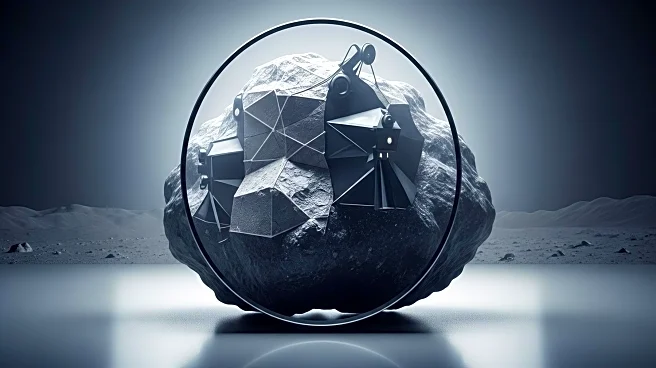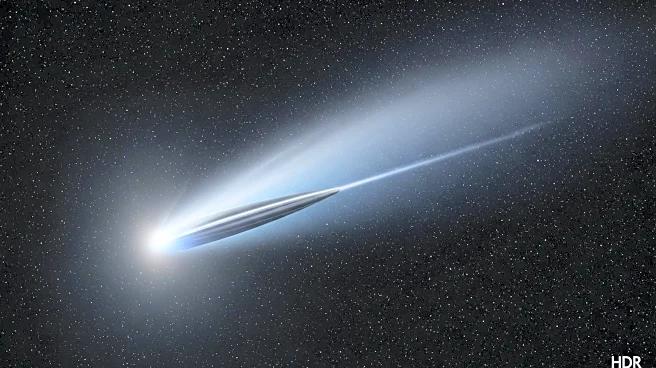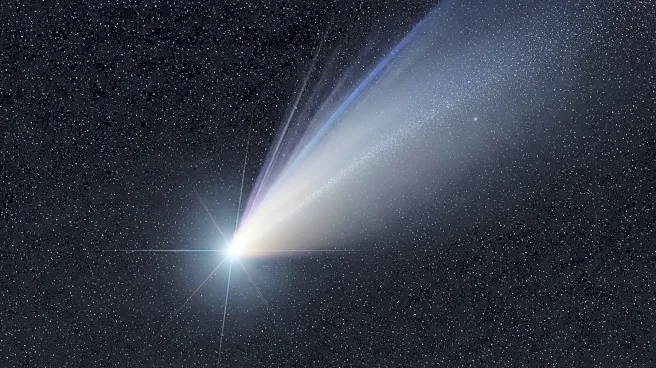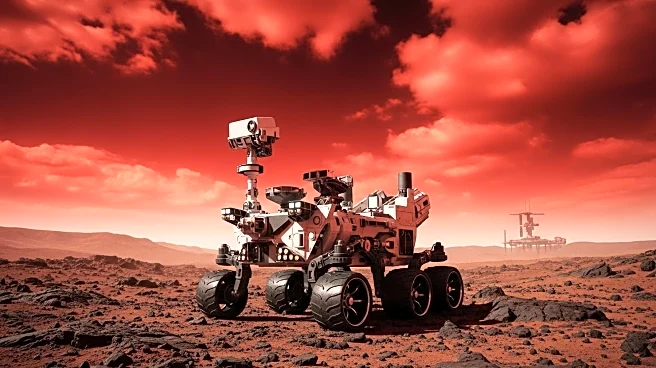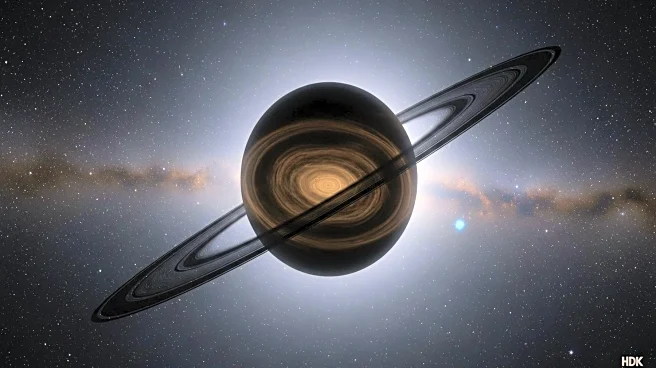What's Happening?
A moon rock collected by Apollo 17 astronauts Gene Cernan and Harrison Schmitt over 50 years ago is reshaping scientific understanding of the moon's early history. The rock, known as sample 76535, was initially thought to have been excavated from the South Pole–Aitken Basin, the largest impact site on the moon. However, new simulations suggest it formed beneath the surface at the Apollo 17 landing site in the Taurus–Littrow Valley. The rock's chemistry and texture indicate it originated deep within the moon's crust, nearly 31 miles underground, and has been on the lunar surface for 4.25 billion years. This discovery challenges previous assumptions about the timeline of lunar impact events and suggests that the Mare Serenitatis basin may be older than previously thought.
Why It's Important?
The findings from rock 76535 have significant implications for understanding the moon's history and the broader solar system. If the Mare Serenitatis basin is older than previously believed, it could shift the timeline of impact events across the solar system, affecting how scientists calibrate impact rates on other planets. This could lead to a reevaluation of Earth's early environment and the history of other celestial bodies. The discovery highlights the importance of continued lunar exploration and the potential for new insights into planetary formation and evolution.
What's Next?
With astronauts set to return to the moon, there is an opportunity to further investigate these findings. Future missions could collect additional samples from other lunar maria to validate the processes observed in rock 76535. These efforts could provide more detailed information about the moon's geological history and refine the timeline of impact events in the solar system.
Beyond the Headlines
The discovery of rock 76535's origins underscores the complexity of lunar geology and the need for advanced simulation techniques to understand planetary processes. It also highlights the potential for small samples to yield significant scientific insights, emphasizing the value of meticulous sample collection and analysis in space exploration.

